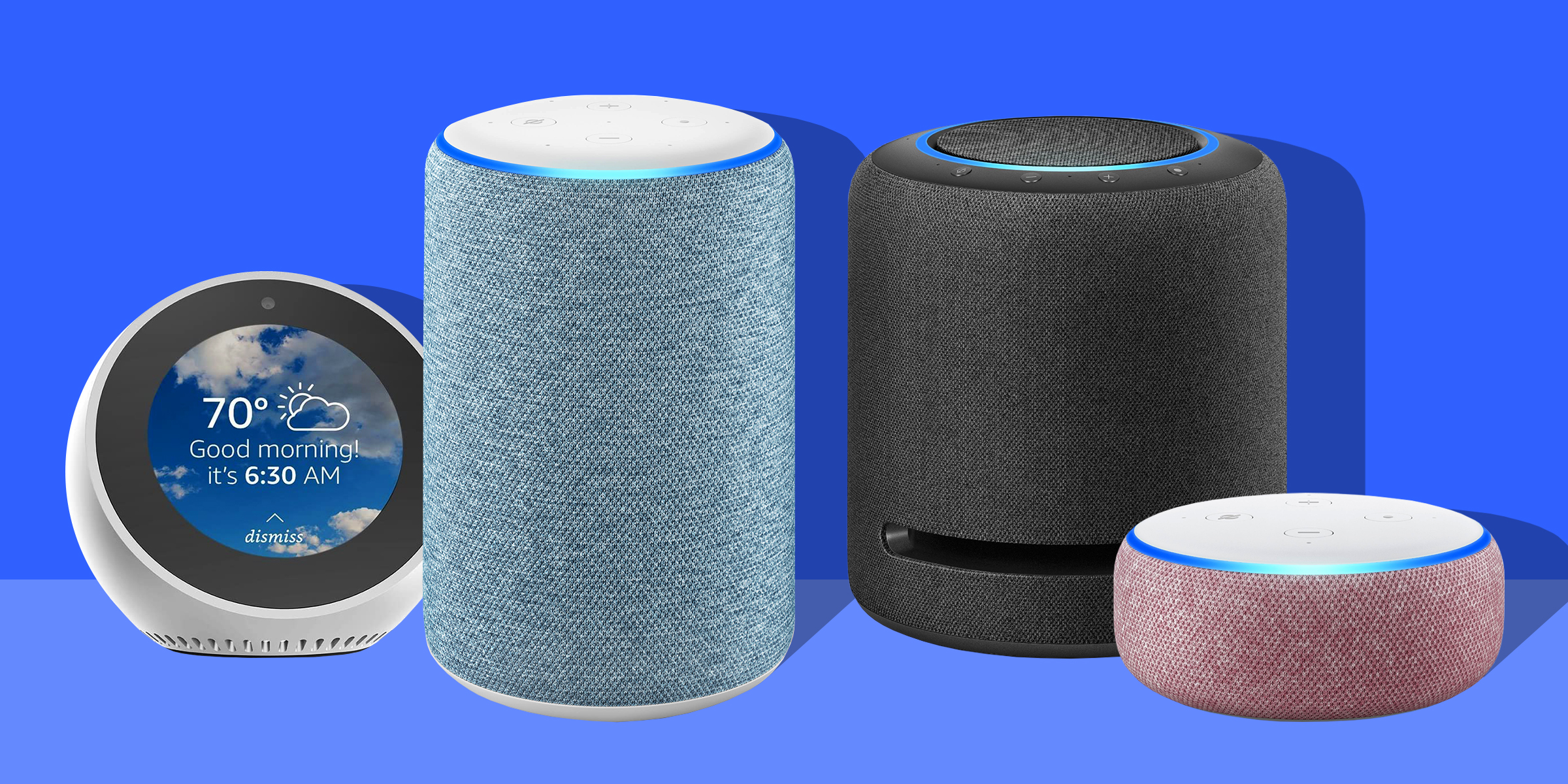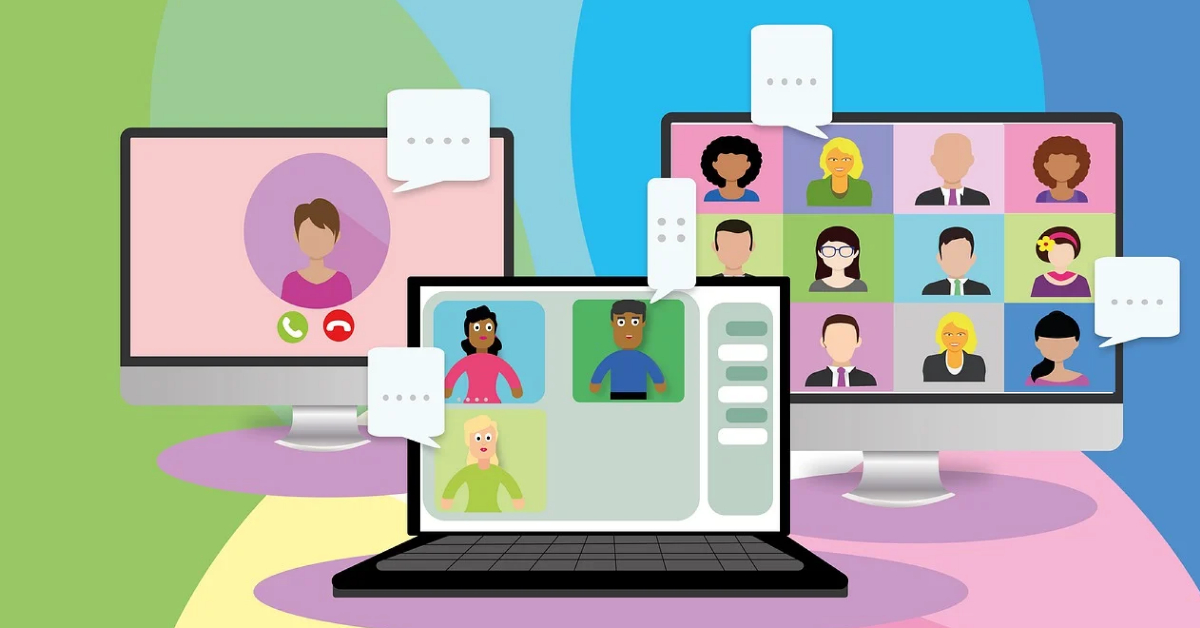If you want to make the best use of your laptop, tablet, and phone in today’s always-connected world then cloud storage services are essential. Cloud storage started as a way for consumers to back up their data but has since evolved into much more than that including offering multiple benefits.
This includes improved productivity or allowing users access from anywhere on any device at anytime.
A good cloud storage solution backs up your important documents, photos, and videos. It is a great way to make sure all of your devices have access to everything you need digitally stored with ease.
You can also easily share files or folders that are on the cloud with others as long as they’re using an Apple device too!
Best cloud storage services overall: Google One/Drive
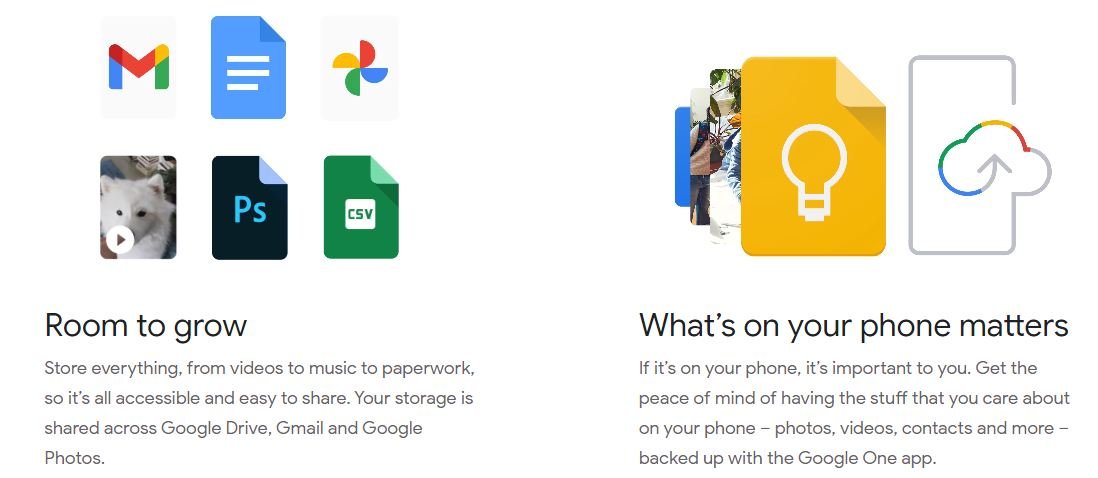
Google re-branded its cloud storage offering as Google One in an effort to clarify that the space is shared between Photos, Docs, Gmail and other consumer services. The old name now only refers to the Drive app used for managing your online files.
Google One’s free 15 GB storage plan is reasonable. For $1.99, you can get 100 GB of space for a month or pay an entire year at once to save some money ($19.99).
Doubling that to 200 GB will cost the same price per month but costs more if paid yearly ($29.99). Unless it ends up being cheaper than what you would have saved by paying monthly in total over 12 months (in this case, about 0-2%).
This means Google One offers competitive pricing compared with other top cloud services like Dropbox and Amazon Drive. It also offers 2 TB plans next cheapest after their 10 TB options which are valued around twice as much on average when bought annually instead of monthly through one service provider versus another.
Google’s cloud service does a lot of things very well. Google Photos is better than Apple in many ways, especially the experience of accessing your photos on the web.
What more?
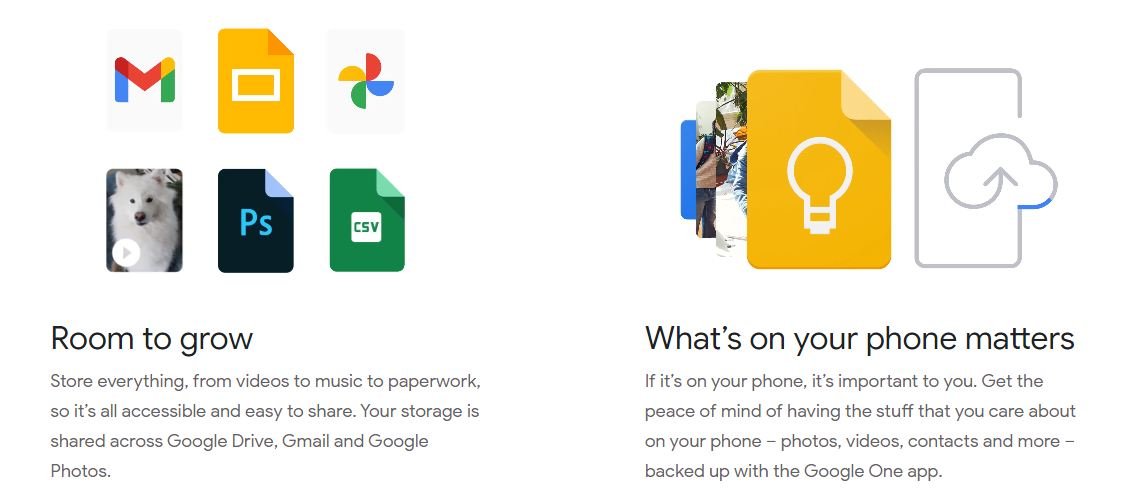
It’s an excellent place to back up your photos and videos. Google Docs, Sheets, and Slides have earned a great reputation as reliable, fast collaborative productivity solutions
Their iOS apps even support split-screen multitasking on iPad Pro devices! Drive provides access to all your stuff via the web if you use it with their app that integrates into iOS’ share menu really seamlessly.
Now that Google has integrated with Finder and Explorer, your documents can be kept in sync across devices. You will have a backup of important files like Documents, Desktop Pictures (including Photos library), or other folders you choose on the cloud by using Backup and Sync for Mac/PC.
For your Mac or Windows PC, Backup and Sync is fantastic. It integrates Google Drive into Finder or Explorer to keep it in sync across devices. While also having an option to back up certain items such as pictures from the device’s photo gallery via Photos Library .
Google Drive is an excellent cloud storage solution for many people, not just those who use Apple products. It works well with Windows PCs and other platforms to provide access from the web, making it easy on all fronts. The price may be reasonable enough that you cannot say no!
Best cloud storage if all your gear is Apple: iCloud+

iCloud is an excellent cloud storage solution for someone who uses all Apple devices because it integrates perfectly with everything they’re already using. It’s the best option if you use Macs, iPhones or iPads, work in productivity software like Pages and Numbers, etc.
Apple still only provides a paltry 5 GB of free iCloud storage for iOS users. This means that all you can do is store some Pages and Numbers documents on there without running out space quickly in the process.
The minimum requirement to use this service would be an iPhone. Since backing up your phone makes sure that all data is kept safe in one place when it comes time to move onto another device or replace yours if need be. You are unable to back up your iPad with less than five gigabytes available as well.
One of the main benefits to paying for more iCloud storage is that all Apple apps can sync seamlessly through it. Photos, productivity apps, Mail, Calendar and anything you drop in your iCloud drive folder on a Mac are immediately available across all your devices.
A significant number of iOS applications also optionally back up or store information through icloud so having extra space will allow this feature.
So if there were ever an issue with data loss due to device damage, then users would be able to maintain their important files.
What more?
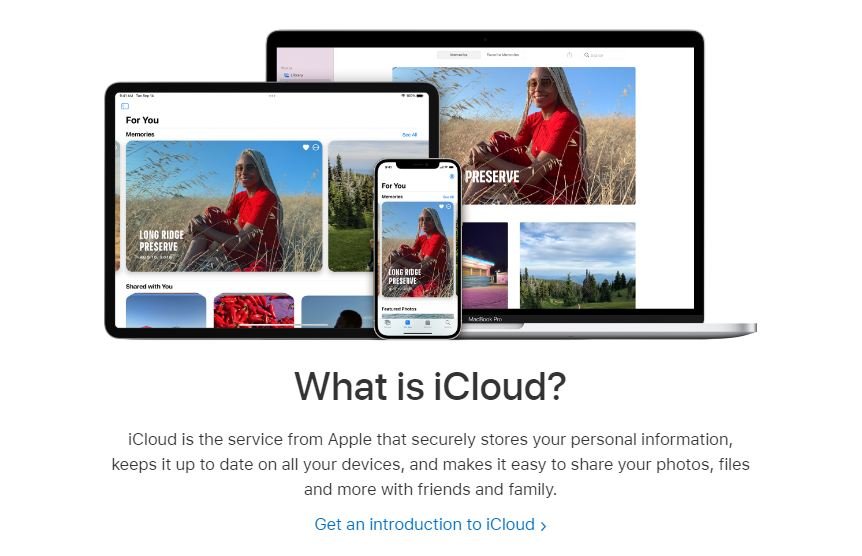
On top of these features being seamless from one app into another but because they’re stored centrally. Not only do individual documents get backed-up when opened by different people at once (because each user has access) which allows everyone who needs certain bits.
Sometimes you’ll want to use non-Apple devices, like Windows machines or Android phones. You can access your iCloud data through third party apps and web clients but the quality is subpar.
There are no native apps for either of these platforms so if you need to edit a Pages document online using iCloud’s website is an option.
However, it leaves something to be desired in terms of functionality compared with other applications on both iOS and MacOS that work within Apple’s ecosystem.
With iOS 13.4 and macOS 10.15.4, Apple has finally added iCloud folder sharing; this was a serious limitation of its cloud storage service so it’s worth pestering your friends or coworkers to update their OS if you think the features will be useful for them!
Starting in the fall of 2021, Apple will rebrand all paid iCloud tiers as “iCloud+” with several new benefits. There is now free storage for HomeKit enabled security cameras through iCloud Private Relay feature.
This should hopefully reduce crime. Custom domain names can also be purchased by email accounts on iCloud domains which help solidify account recovery options among other perks such as Hide My Email tool that allows users to remove messages.
Consider Apple One!

If you’re an avid Apple user, the One service bundle might be worth considering. This is more than just a cloud storage solution and beyond the scope of this article. However, it may tip the scales in iCloud’s favor for you.
For $14.95/month users get 50 GB of iCloud Storage along with Apple Music/Apple TV+ & Arcade (1). The Family plan at $19.99 offers 200 GB storage space to share across up to 6 people and those services shared as well!
Premier offers the most value for your money. You get access to News+ and Fitness+, plus you’ll have more than enough storage with 2 TB shared across six people’s devices.
Just like last year, Apple is offering three different iCloud tiers priced at $0.99/month (the lowest tier), $2.99/month (middle) or $9.99/mo (highest). However this time around there are some minor differences in what each level comes equipped with.
What more?
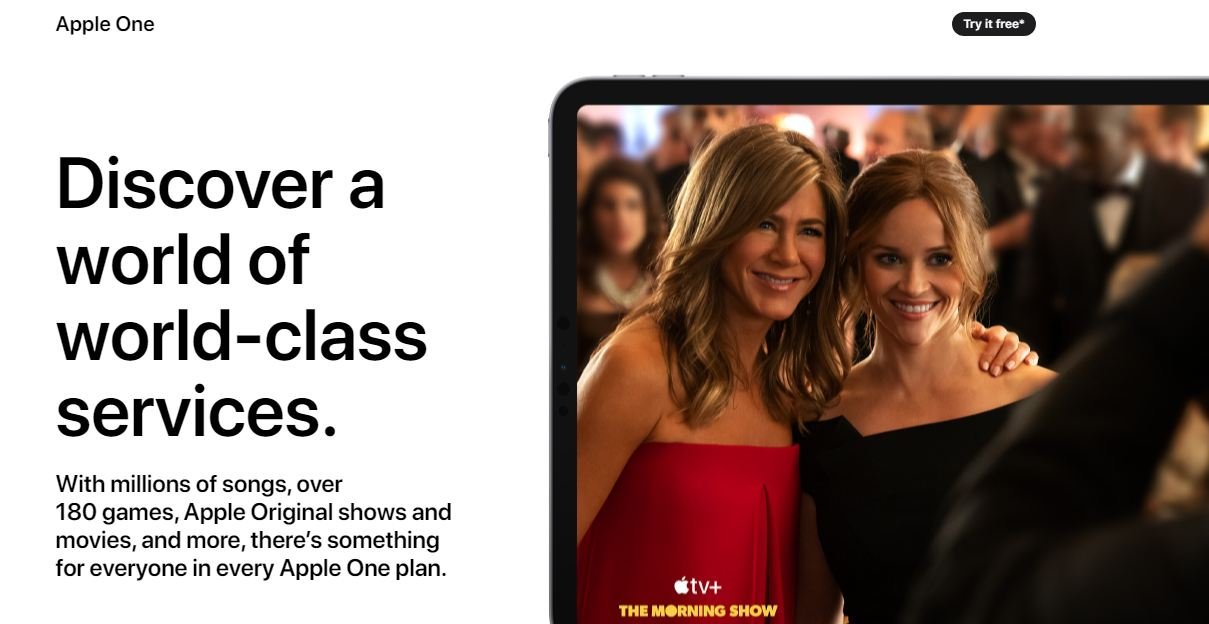
Although all three include 5 GB of free cloud storage space & the ability to sync contacts, calendars etc. Just as before they’re still limited by how much can be stored on an iOS device itself. It means that photos taken above that limit won’t automatically save into iCloud.
The $0.99 plan is now called “iCloud Drive + Photos”, and comes equipped with 5 GB of storage, as usual. However now those photos can also be saved in High Quality format (instead of the low-quality iCloud optimized setting that was previously default).
They’re available on all your iDevices, OS X Yosemite and Windows PCs as long as you use the latest OS X or iCloud for Windows. If you need more than 5 GB of storage space, the middle tier jumps up to $2.99/mo.
It does include unlimited photo uploads in original quality, plus 20 GB of additional storage for any other files that don’t belong into iCloud Drive or Photos.
Best cloud storage for a home office: Microsoft OneDrive

OneDrive offers 5 GB free, the same ridiculously small storage space as iCloud. There’s a $1.99 per month subscription that nets you 100 GB of storage.
This is just okay for office tools like Word, Excel and PowerPoint. But there are better options out there if you’re looking to spend more than 6 bucks on cloud storage. That includes 1 TB of data sharing between six accounts plus full versions Office 365 apps.
OneDrive gives users five gigabytes (5 GB) for free while offering other plans at reasonable prices. The price ranges from one dollar ninety-nine cents ($1.99/month) to nine dollars ninety-nines cents ($9.99/month). Its best plan comes in at ten dollars ninety nine cents.
Microsoft’s cloud-based Office suite is a good deal for families with different devices. OneDrive and all the office apps work on Windows, Mac, iOS and Android. Also, being quite useful on Apple products such as an iPad or even watchOS.
More Features:

In addition to seamlessly integrating into Finder/Mac OSX File Explorer app, Microsoft also provides great support via their own software.
This works in conjunction with another device you may have from owning both a PC laptop running windows 10 along side your android tablet. These can be used together because of how this particular company has designed its applications.
So they will sync up without any issues. Thus, making it easier, and more helpful when creating documents or working collaboratively using PowerPoint etc.
Despite Google’s offer of more free storage space for their users, Microsoft justifies the need to purchase OneDrive. Thereby claiming that it seamlessly integrates with several other software programs.
The input is about comparing two competing cloud solutions. It states reasons why one option might be better than the other. This is based on what applications are used and how much money a client wants or needs to pay per month.
This passage could be summarized as being fairly straightforward in its evaluation of pros and cons without too many details provided beyond facts.
Prices compared
The cloud storage option you should choose depends largely on how much money are willing to pay. If want free space, Google crushes the competition with 15 GB—Microsoft and Apple both need up their game. 100 GB for $1.99 level is good deal most people and equals Microsoft gives OneDrive capacity at this level.
Apple’s iCloud 200 GB for $2.99 , which minimum will have spend if plan back iOS devices along photos videos . Match price same amount of data Google Cloud Storage.
If you want to spend ten bucks a month, you’ll get 2 TB from either Google or Apple, but Microsoft will give you 3 six accounts with 1 TB each, plus Office apps. That’s a sweet deal.
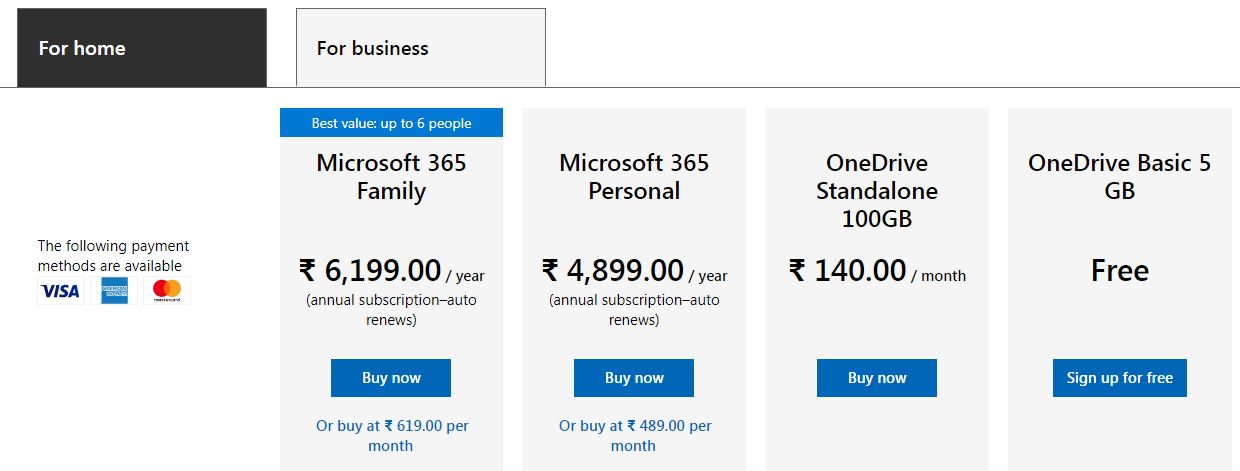
Not only that, but subscribers to the company’s OneDrive service will get a bonus 15 GB for free. Thus, bringing their total up to 17.5 GB.
That means you’re getting 1.25 GB more than Google and Apple offer together! If you really want storage and don’t need all those features, this deal is for you.
Also Read: Linux vs. Windows: How to Pick the Best Server OS for Your Website?
What about Dropbox?
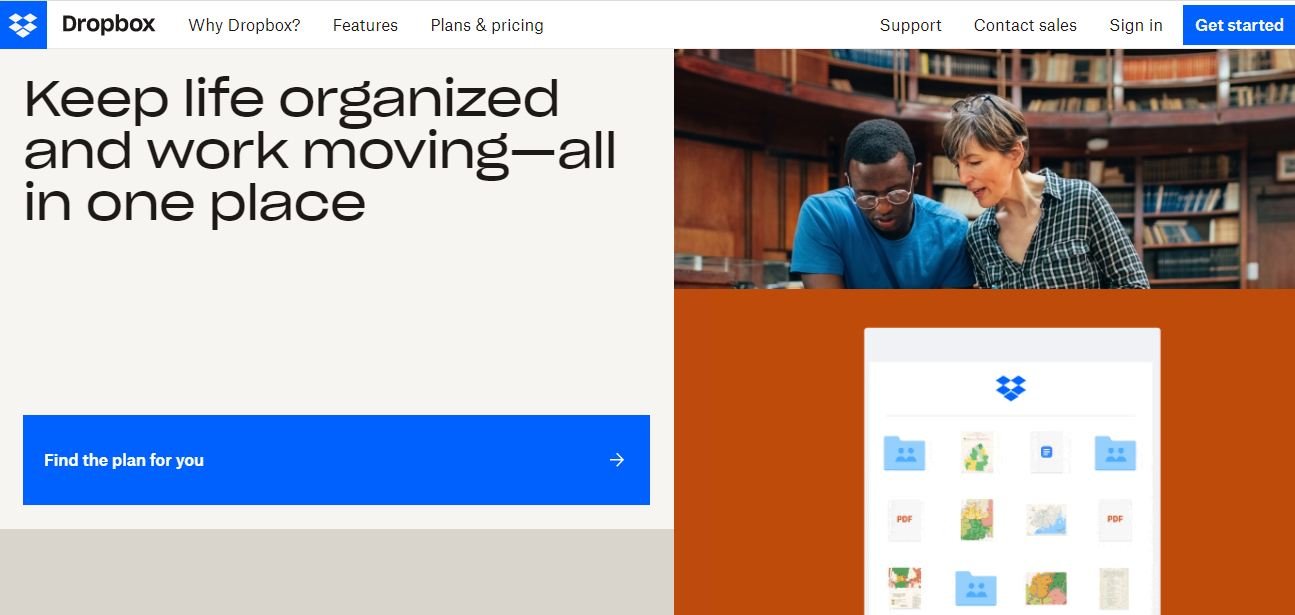
As a result, Dropbox is increasingly hard to recommend as the first cloud storage service for most people. While it’s good at syncing folders between your computers and mobile devices, that isn’t enough anymore.
The input does not contain any discussion of how consumer cloud solutions would be complete without discussing Dropbox’s role in popularizing such services. It also doesn’t give details about drawbacks or limitations of free accounts offered by Dropbox.
Finally there are no specific features provided which make Dropbox unique from other similar products.
Although Dropbox is great for backing up photos, you might want to check out other cloud storage services like:
- Google Drive or
- Microsoft OneDrive.
While they are not as good at backup files, they do offer added benefits. This includes collaboration and sharing features that make them better suited than Dropbox.
Box
Box is a great cloud storage app with built-in support for Google Docs and Microsoft Office 365. It offers secure data backup, easy access from any device including desktop computer or mobile phone – making it perfect if you work on multiple projects at once!
It is a player in the cloud game, and has been around since 2005. The service began as an extension to then college student Aaron Levie’s side project that later grew into something much bigger than what he originally imagined!

Box is designed to make life easier by keeping your files in sync across all of the devices that you use. However, we found it hard trying figure out which client would give us what feature and there are two different ones–Box Sync or Drive!
When you use Box Sync, it’s easy to choose only specific files or folders for cloud backup. This is a great option because not all of your data will be synced with the online platform in one go!
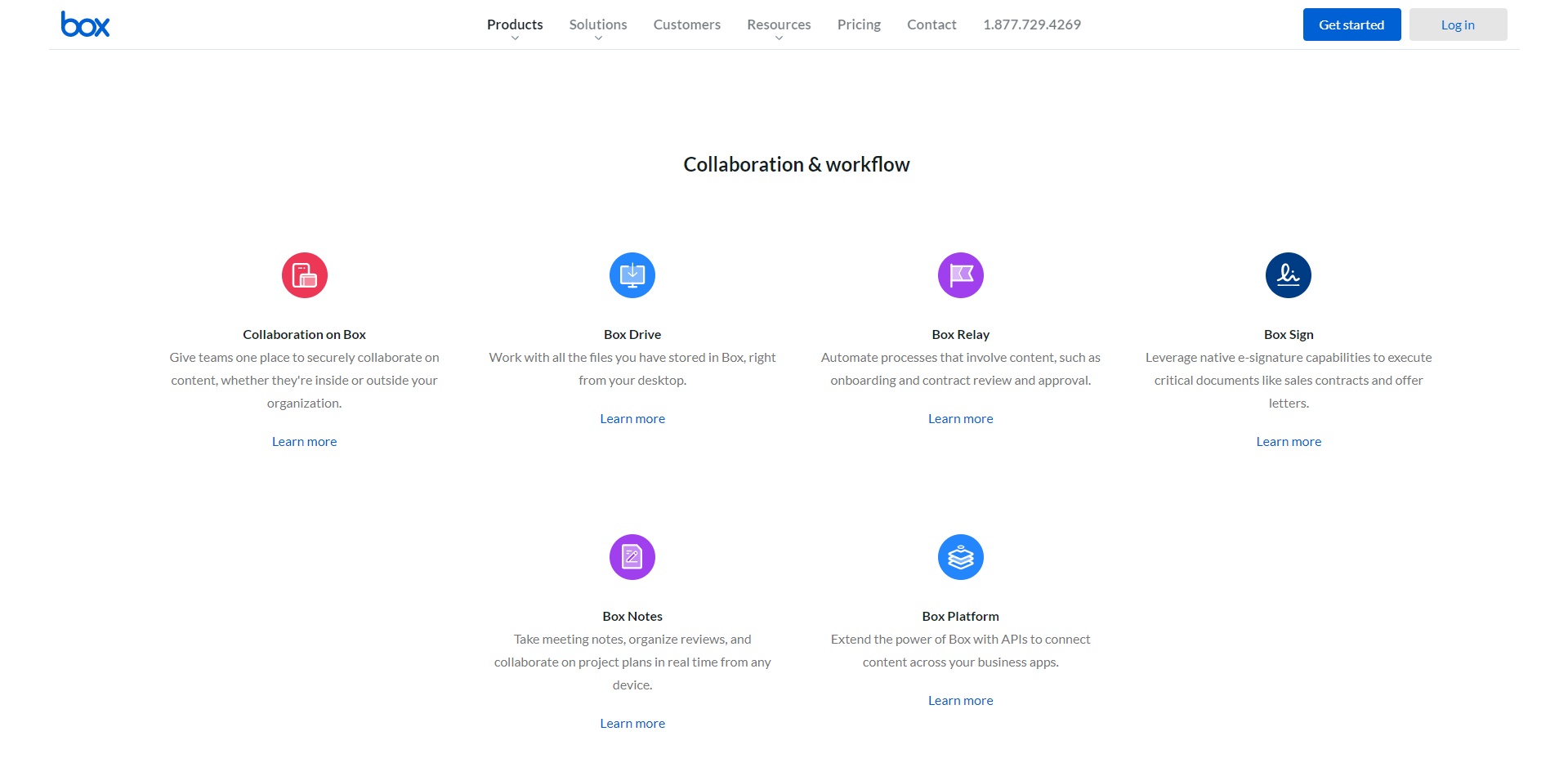
The Box app for iOS and Android is a sleek way to access your files stored on the cloud, preview them easily from anywhere in town with internet connection! You can also set up automatic syncing of media folders so you don’t have carry around all those heavy DVDs or CDs anymore.
Box is an expensive cloud storage provider. There’s a free plan, but it only comes with 10GB of space and limits your uploads to 250MB each month- not enough for most people! The Personal Pro package costs $10 per year which gives you 100 gigs – still less than many other providers offer at half the price point (like Dropbox).
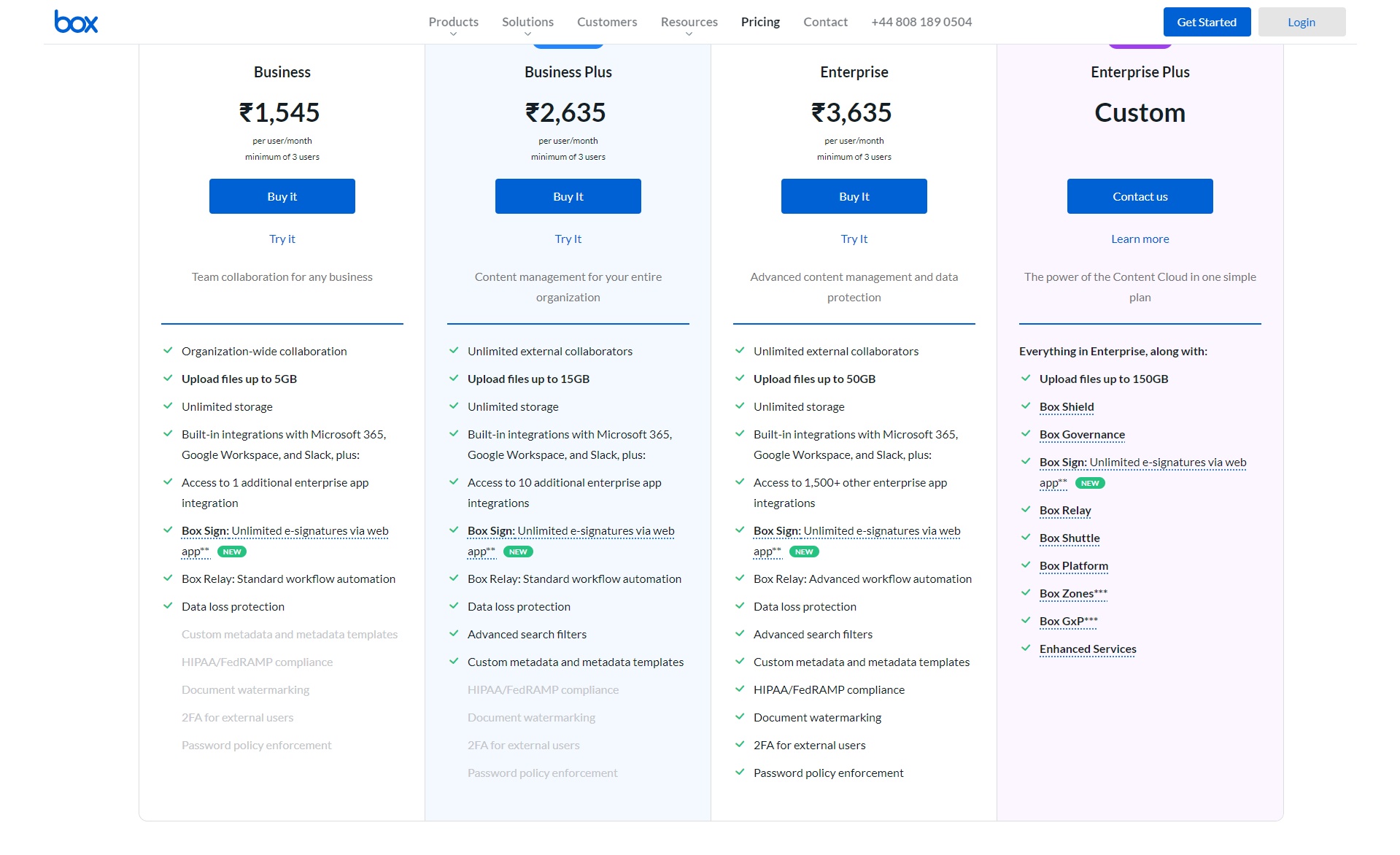
Box does a lot to keep your data secure. They use SSL/TLS for in transit security, AES-256 encryption on the rest of their storage vaulting service and offer file copies at multiple facilities around North America just to help make sure you don’t lose anything important if something happens between where it gets stored locally and sent offsite (or vice versa).
Box is a user-friendly interface that masks its complexity. If you want to dig deeper, there are options for customization and it will be worth your time in exploration because of how easy everything was designed on this platform!
FAQs on The Best Cloud Storage Services For Apple Users
[sc_fs_multi_faq headline-0=”h2″ question-0=”What cloud services does Apple use?” answer-0=”iCloud is a cloud storage and cloud computing service from Apple Inc.” image-0=”” headline-1=”h2″ question-1=”How does Apple benefit from cloud computing?” answer-1=”Wireless syncing of these gadgets helps in secure storage of photos, documents, apps, music, videos, etc. All of your files present on all devices will stay updated. You can also share the pictures, locations, etc. with other users.” image-1=”” headline-2=”h2″ question-2=”How does the Apple iCloud work?” answer-2=”When you set up iCloud, you automatically get 5GB of free storage. You can use that storage space to back up your device and to keep all of your photos, videos, documents, and text messages securely stored and updated everywhere.” image-2=”” headline-3=”h2″ question-3=”What data is stored in iCloud?” answer-3=”App Data, Apple Watch backups, Device settings, Home screen and app organization, iMessages, text, and MMS messages, Photos and videos on your iphone, ipad.” image-3=”” headline-4=”h2″ question-4=”Is iCloud only for Apple users?” answer-4=”No. An iCloud account can only be created on an iOS device (iPhone, iPad, iPod Touch) running iOS 5 or higher, or on a Mac running OS X Lion or higher.” image-4=”” count=”5″ html=”true” css_class=””]



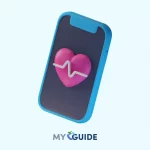



![TablePlus Review [year]: Features, Pricing, Pros & Cons](https://myappleguide.b-cdn.net/wp-content/uploads/2025/07/TablePlus-Review-Features-Pricing-Pros-Cons-150x150.webp)


